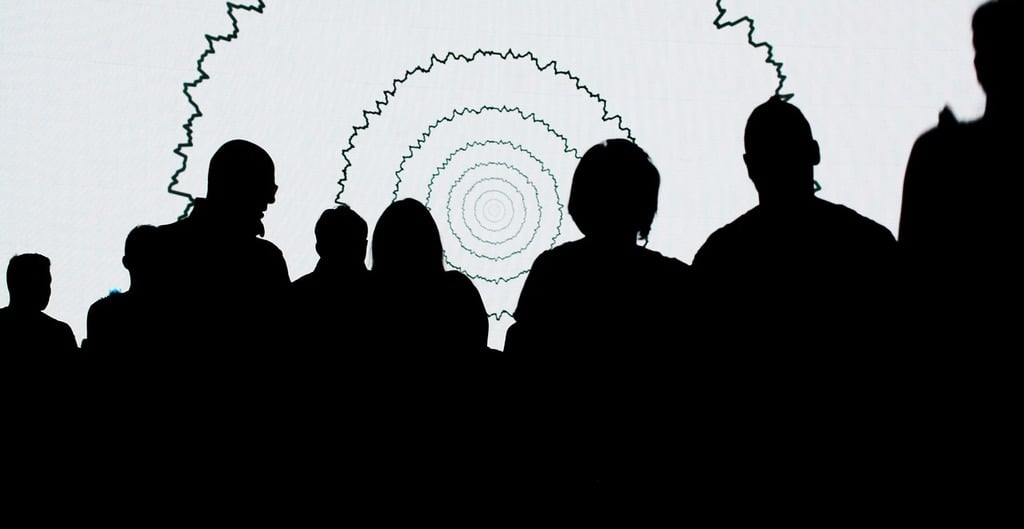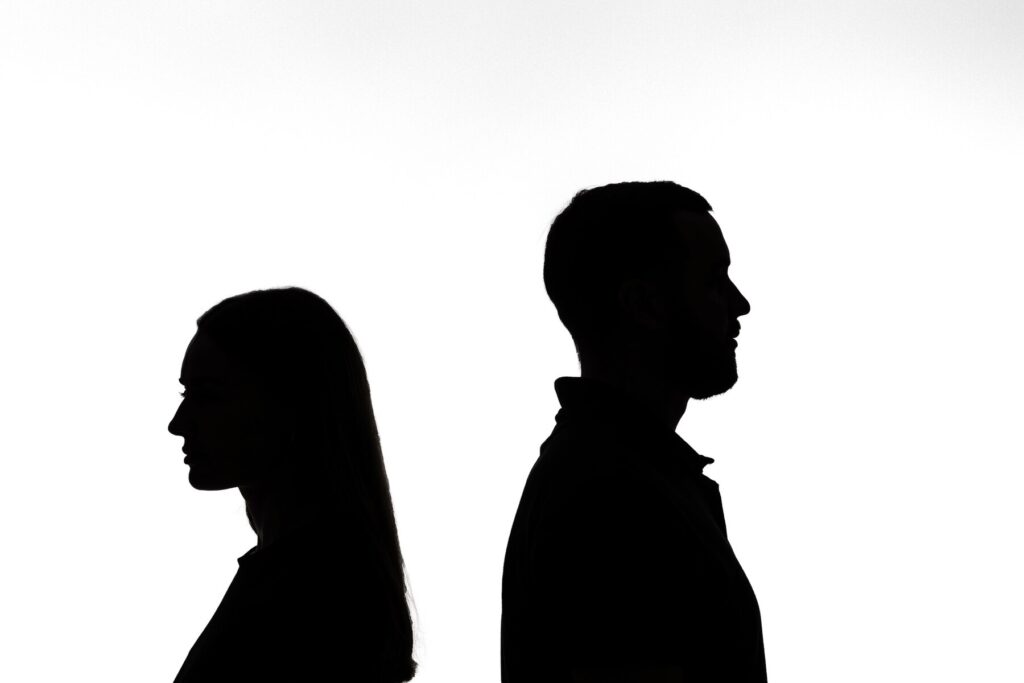Shadow people, furthermore known as shadow figures or shadow beings, are a phenomenon where individuals report seeing dark, shadowy figures crawling in their field of view or in gloomy areas. While some believe these entities are mystic, occult or paranormal, scientists have proposed alternative explanations.

One potential explanation for shadow people is sleep paralysis, a condition that comes about when a person is napping or waking up and is immobile and touge-tied. During sleep paralysis, individuals may experience hallucinations, including seeing shadowy figures. Research suggests that sleep paralysis can be set off by sleep insufficiency, tautness,tensity, and other factors.
Another clarification for shadow people is the brain’s misperception. Our brains are roped to recall patterns and shapes, and sometimes this can lead to misconstrual of visual information. In low-light conditions, the brain may erroneously elucidet shadows or darkness as a human figure. This can be due to the brain’s urge to seek out human-like patterns, a phenomenon known as pareidolia.

Additionally, some scientists have suggested that shadow people could be related to neurological or psychological conditions such as anxiety, depression, or post-traumatic stress disorder (PTSD). In these cases, the perception of shadowy figures may be a manifestation of underlying psychological or neurological issues.
While the scientific explanations for shadow people are intriguing, it’s essential to note that many people believe these entities are real and supernatural. Ultimately, the nature of shadow people remains a topic of debate and speculation.
Research has also explored the role of the brain’s default mode network (DMN) in the perception of shadow people. The DMN is a network of brain regions that are active when we are not focused on the external world and are engaged in internal mentation, such as daydreaming or mind-wandering. Some studies suggest that the DMN may play a role in the perception of shadowy figures, particularly in individuals who are prone to hallucinations or have a history of trauma.

In conclusion, while the scientific explanations for shadow people are varied and complex, they offer a fascinating glimpse into the workings of the human brain and its tendency to perceive patterns and shapes. Whether or not shadow people are “real” remains a matter of interpretation, but the science behind their perception is undeniably intriguing.
